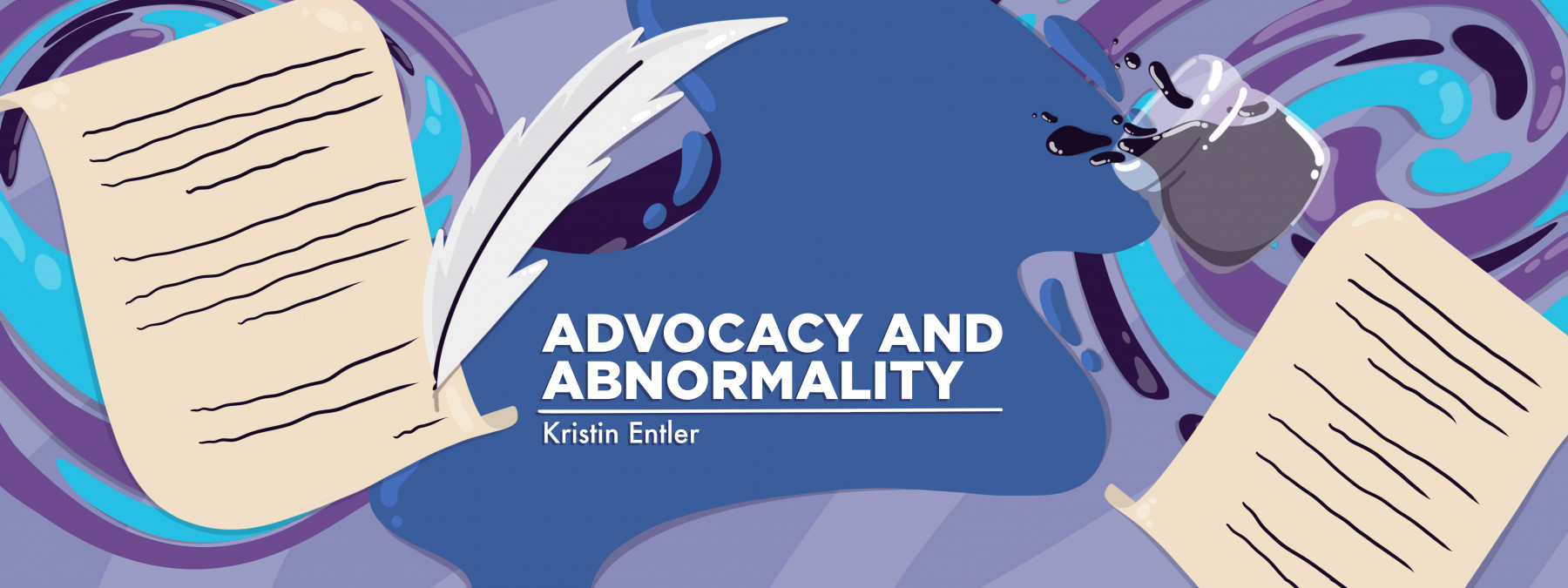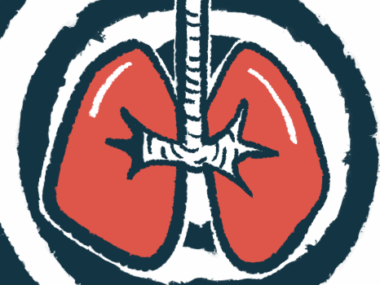Coping Tips for the Tail End of a COVID-19 Winter
Written by |

It doesn’t snow much here in my home state of Alabama. It’ll just get cold enough to shock the system with wildly fluctuating temperatures. It gets warm in February, and the flowers will think about blooming; in fact, my mom’s daffodils are blooming right now.
But with the vernal equinox another month away, another hard freeze is inevitable, and folks will have to put a sheet over their flower beds to keep the plants from dying.
I don’t know about you, but this winter has been exhausting.
Like the plants, I also find comfort in throwing a blanket over my head and hiding from the cold. All my life, I’ve spent long winter after long winter huddled away from cold and flu germs that could risk mucking up my lungs.
With the omicron variant of the coronavirus still threatening the lives and the long-term health of both the most and least vulnerable among us, I’ve found myself returning to a couple of coping techniques I’ve always used during difficult seasons to help me navigate this most recent stage of the pandemic.
Searching for homes online
I learned this trick in college when a friend and I were looking for a house to rent. We never ended up living together, but planning a future that looked at least slightly different from our present helped to bolster us during a difficult semester.
The takeaway is that this activity allows me to fantasize about the future. Over the past few weeks, I’ve spent many hours clicking through kitchens, backyards, and fireplaces I hope to afford one day. I’ve looked at places in cities all over the world, at a range of price points.
I allow myself an outlet for unbelievable hope, and I remind myself that there’s a future I can look forward to.
Separating thoughts from feelings
Emotions can pack a physical punch, too. They don’t solely exist in our heads, as they can also manifest in physical symptoms like shaking, muscle tension, tears, and acute and chronic body pain. For instance, when I’m in a moment of intense grief, it feels like a cat’s nails are perched on the edge of my skin on my arms and legs. My stomach turns to knots.
When we’re hurting, offended, or excited, these strong feelings make equally strong connections with our thoughts. For me, learning to separate negative thoughts from the intense feelings that cause them was the first step in being able to better label and understand the physical feelings that accompany the thoughts.
Blocking time to feel without judgment
I’m not going to say you should meditate; which isn’t to say I don’t like meditation — I do. I once took an upper level psychology class focused solely on meditation. It included a lot of exam questions about the pros and cons of meditation. Instead, I want to focus on the aspect of meditation I’ve applied to the rest of my life because it’s been useful for me: finding time to feel my feelings in my body without feeling like I need to fix them.
For me, this means engaging in an activity I can focus on, which allows my brain time to process thoughts about my feelings. This may mean focusing on one of my creative writing projects; if I’m focused on a line break in a poem or a character in a story, I’m able to work through my feelings through an exterior thing.
Or, if I need to do something physical or have the energy, I’ll get out the flour and sugar and try baking a new recipe out of whatever ingredients I can scrounge up. While I’m focusing on the task, my mind has the space to process what it needs to in the background, without my nagging inner critic getting in the way.
Finding a supportive online community
When I was diagnosed with cystic fibrosis-related diabetes at the end of sixth grade, my parents agreed to pull me out of the brick-and-mortar school I was attending and enroll me in an online school. I made friends all over the world — in Missouri, New York, Germany, and more.
We searched out content we could all access and found a home in Hank and John Green’s online community, affectionately termed the “Nerdfighters.” These days, I still return to the two brothers’ videos when I need a dose of comfort.
I’ve also found the Disability Twitter community to be a place of validating and supportive voices throughout the pandemic. The hashtags #NEISVoid, #DisabilityTwitter, and #MyDisabledLifeisWorthy are spaces where I feel less alone, given this viral mess we’re in.
In whatever ways I can, I remind myself that we all deserve peace. I hope you can find some space for hope as we all try to find our way through this season’s final frost.
Note: Cystic Fibrosis News Today is strictly a news and information website about the disease. It does not provide medical advice, diagnosis, or treatment. This content is not intended to be a substitute for professional medical advice, diagnosis, or treatment. Always seek the advice of your physician or other qualified health provider with any questions you may have regarding a medical condition. Never disregard professional medical advice or delay in seeking it because of something you have read on this website. The opinions expressed in this column are not those of Cystic Fibrosis News Today, or its parent company, Bionews, and are intended to spark discussion about issues pertaining to cystic fibrosis.








Leave a comment
Fill in the required fields to post. Your email address will not be published.